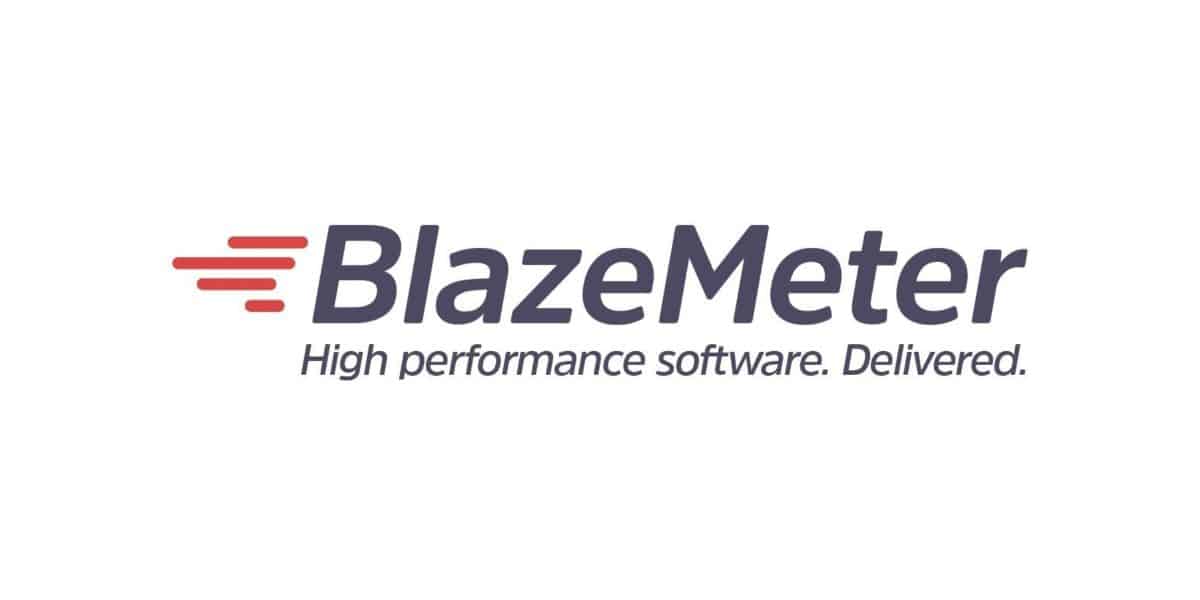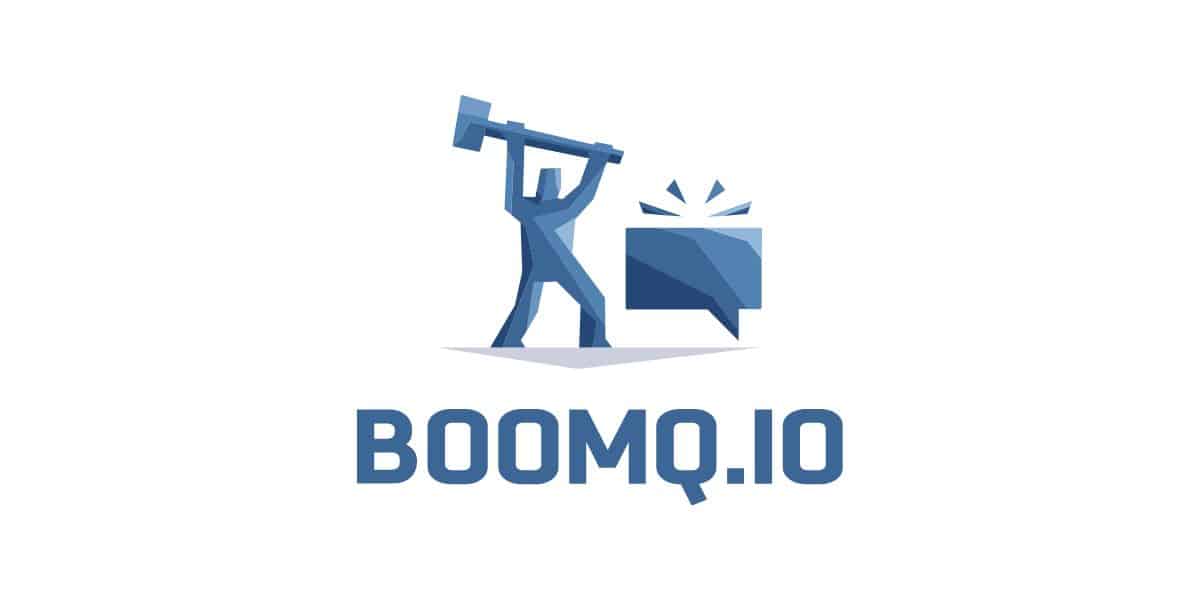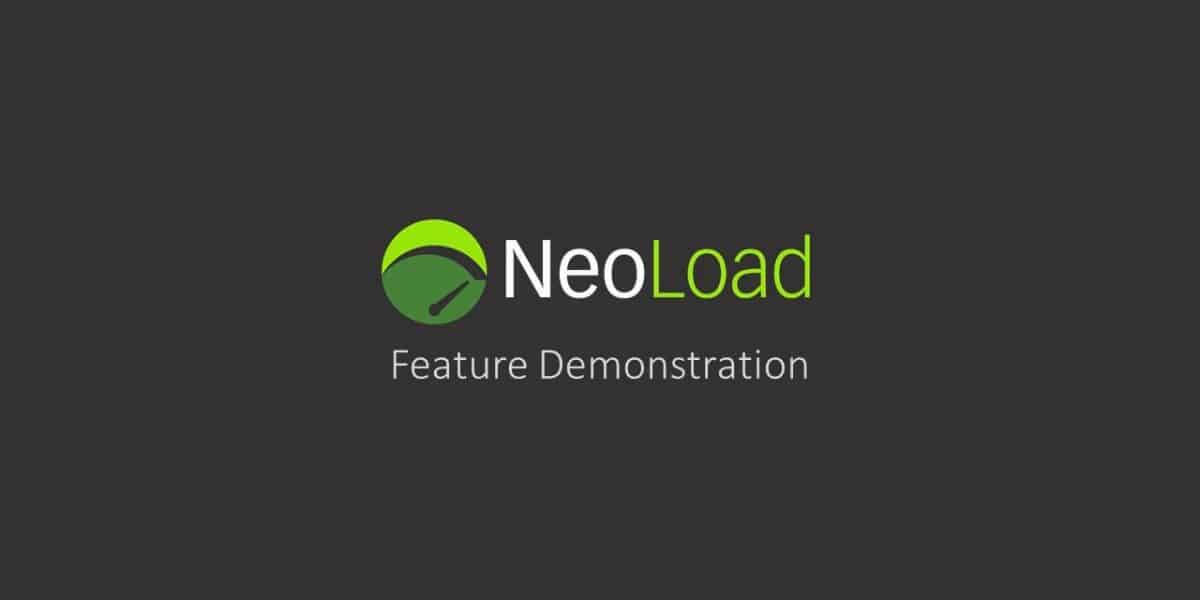10 Must-Try Software Load Testing Tools

Testing is a crucial part of software development. Whether you have a thorough initial testing or proper coding, you still need to do the testing. There is always something that will slip through the whole software process. So, it is best to do software testing.
Different software load testing tools are available to help you with the process. These ensure your application’s performance under extreme conditions and peak traffic.
What Is Load Testing?
Load testing is a type of performance software testing. It guarantees the application is working well under real-life conditions. You can perform it by using the right load testing tools.
Also, this testing identifies how the system behaves when many users run it at the same time. Load testing determines the following:
Stability
The sustainability of the application under varying loads.
Scalability
The highest operating capacity of user load the application can handle.
Speed
The ability of the application to respond fast.
The goal of performance testing is to remove performance bottlenecks. And to measure the quality of the system. Thus, choose the best load testing tool based on your requirements.
What Are Load Testing Tools?
If you want an effective performance test, opt for the trusted tools for load testing. The market has many load testing software tools for various types of services, such as:
- Test management
- Functional testing
- GUI testing
- Performance testing
Finding the right load testing tools for your business may be difficult. But, with the help of this article, you will get to choose the best ones. Go for a load testing tool that is easy to use, on-demand, and generic. See to it that it is effective for your required testing type.
What Does a Load Testing Tool Do?
A load testing tool measures your web application performance and load stress capacity. It helps in finding and fixing any issues before going live. Understanding what tool fits best into your process is crucial. With the right performance testing tools, you can avoid costly problems in production.
More so, here are the things you need to consider when evaluating load testing tools:
- Integrations
- Accuracy
- Ease of use
These tools let you test faster without sacrificing accuracy. Hence, you can release quality software on time.
Factors to Consider When Choosing Load Testing Tools [Infographics]
![Factors to Consider When Choosing Load Testing Tools Factors to Consider When Choosing Load Testing Tools [Infographics]](https://www.bitstudios.com/wp-content/uploads/2022/10/factors-to-consider-when-choosing-load-testing-tools-scaled.jpg)
One of the most vital steps in the load testing process is selecting the proper testing tools. There are many factors you should consider in matching a load testing tool to your platforms. Here are they:
1. License Cost
Not all tools have the same cost. The price of the license should fit within your budget. It must provide significant capabilities for your team to perform accurate load testing. It is also important to note that the cheaper the tool does not mean it is better. Ease of use must be a priority. It might be more affordable, but your team takes time to learn, apply, and use it, which costs even more.
2. Customer Preference Tool
Familiarity is essential in choosing load-testing tools. It can reduce the learning curve when applying it to your business platform. If the developers know the testing process, consider the tools they already have used. This way, they can also choose which ones they prefer using.
3. Efficiency
Yet another key factor to keep in mind when selecting a load-testing tool is efficiency. It refers to the number of current virtual users it can generate for a test on a test operating device. You can have fewer testing machines to make a large-scale virtual test with an efficient tool.
4. Protocol Support
When you pick the right testing tool, be sure it has a wide range of protocols. It is more helpful for your business than choosing one with a limited scope. Some protocols may not work in your current environment, and changes happen along the way. Being able to support more protocols lets you maintain support through infrastructure changes.
5. User Options
The free load testing tools you choose should have user options suitable for your needs. Different tools offer various user options. So, opt for those that improve your business.
User options vary from local performance adjustments to the biggest volume of users. That is why it is best to look for load testing tools comparison first and identify your needs.
6. Availability of the Test Environment
The performance testing tool must have access to network resources and hardware. This is to generate an available testing environment. If the load testing tool does not get a network test environment, it won’t work for you. It should simulate the desired amount of traffic to make it useful.
7. Vendor Support
Whenever you buy something for your business, vendor support is always needed. Since you will rely on this tool for a long time, you must ask if the vendor will support it while you need it. Also, check if there is troubleshooting support and help during the setup process.
The Best Load Testing Tool List [Infographics]

Here is a rundown of the best load-testing tools you can use for your business. This list includes open-source load testing tools. It also covers free options for top testing tools.
1. LoadRunner

Micro Focus LoadRunner is a sophisticated software testing tool. It tests performance issues in web applications. Also, it simulates thousands of concurrent users using the application.
Some of the attractive features of LoadRunner are as follow:
- Web 2.0 technologies
- Complete visibility over the system’s end-to-end performance
- Optimization of ERP software and legacy system applications
- Bottleneck detection before the implementation phase
- Advanced predictive features to forecast upscaling capacity expenses
Pros:
LoadRunner has effective tool tracking and optimal usage of load generator farms. It gives virtual users shorter test cycles and access to global test resources. Also, this load-testing solution enables mobile load testing and creates service-level agreements.
Cons:
Despite all the advantages, LoadRunner also has its cons. Compared to other testing tools, it might be more expensive. It uses plenty of memory and may have compatibility issues. Also, it crashes when the system does not meet its computing requirements.
2. Apache JMeter

One of the best load and performance testing tools is the Apache JMeter. It simulates loads on servers and supports a 100% Java-scripted desktop application.
This performance testing solution is available in open-source format. It is versatile as it can test the functional performance of web applications. And you can integrate it with the test plan.
Apache JMeter is compatible with several web and networking protocols such as:
- HTTP
- HTTPS
- SOAP
- JDBC
- FTP
- LDAP
- TCP
- XML
Furthermore, this source load testing tool lets virtual users run automation scripts. They can load-test the application by integrating it with Selenium. Then this integration lets testers load their system and collect performance metrics.
Pros:
The best things about the Apache JMeter are its dynamic input, GUI design, and interface. It has an extensible core, multithreading framework, and an easy-to-use plugin manager. More so, you can take advantage of its data analysis and visualization.
Cons:
While Apache JMeter has many advantages, it also has its disadvantages. It does not support JavaScript. After a certain limit, high memory consumption can cause errors for virtual users.
3. LoadNinja

LoadNinja allows scriptless load test creation. It can reduce testing time by 60% and replace load emulators with real browsers. This easy-to-use performance testing tool also enables teams to enhance their test coverage.
A few of the top features of LoadNinja are as follow:
- VU debugger
- VU inspector
- Browser-Based metrics
- Dynamic correlation
- Real browser load testing
- Script translation and scrubbing
- Capture client-side interactions
With this tool, you can reduce complex procedures. There is no need to spend time making test scripts anymore. Instead, you can focus more on building scalable apps.
Pros:
You also get the best benefits by having the best load testing tool. With LoadNinja, everything is in the cloud. You can also identify performance problems immediately and debug tests in real-time. The scriptless load test comes with playback through the InstaPlay recorder.
Cons:
Unfortunately, LoadNinja won’t work if JavaScript is not supported or disabled. Since it relies on AJAX, it can cause latency issues. Moreover, its displayed and loaded data is not a part of the application page.
4. Locust

Yet another top source load testing tool in this list is Locust. It is simple to use because its design is event-driven. Also, it is an open-source framework written in the scripting language of Python.
Locust requires basic knowledge of programming. It uses an event-based approach with fewer resources. If you know load generators, Locust uses the term swarm instead. You can put a swarm of locusts to put a load on your web applications. It lets you track the swarming process from a web user interface.
Here are the top features of Locust:
- Extensible
- Great web-based user interface
- Best for testing APIs
With the performance testing capabilities of Locust, you can do load testing as fast as you can. It has detailed documentation of the framework and examples of code and tests.
Pros:
The ability of Locust to run tests from all kinds of operating systems is one of its greatest advantages. Since it is an open-source load testing tool, it is not resource-consuming. Also, it boasts of its built-in monitoring system and distributed load support. It uses no graphical user interface, too.
Cons:
Given that Locust is in Python programming language, you need Python programming skills. Also, it only supports the HTTP/HTTPS protocols out of the box. And there is no built-in script recording capability.
5. Gatling

Gatling is a stress testing tool built on Netty, Akka, and Scala. It lets you simulate thousands of requests and get a detailed load test results report. This open-source load testing tool is perfect for measuring end-to-end performance. Thus, you can scale up the performance of your virtual users.
If you are looking for the best performance testing tools, check out Gatling. It takes pride in the following specifications:
- Scenario recorder
- Powerful DSL
- Shift-Left code approach
- Easy extension
Using Jenkins, you can also embed integration processes. And for long-term projects, take into consideration Maven, SBT Gatling, or Gradle projects. Once you have completed the testing, you get an automated report and analyze it.
Pros:
Gatling is handy if you are developing on Scala. At high loads, it can be more productive than the other tools. Also, it has official and unofficial plugins for testing JDBC, Kafka, and RabbitMQ.
Cons:
Meanwhile, Gatling has its downsides too. It has no distributed startup out of the box, and making a manual script is easier than using a recorder. And if you don’t have Scala experience, you will have difficulties using it.
6. WebLOAD

When you are in search of an enterprise-scale load testing tool, WebLOAD is the right choice for you. It lets users generate load testing scenarios and provides them with advanced features.
It is the best performance testing tool for it offers a clear analysis of your web application. And it pinpoints performance bottlenecks that hinder your load and response requirements.
WebLOAD allows you to perform load and stress testing by generating load. It is also both a web and mobile load testing tool. A few of its key features are as follow:
- DOM-Based recording and playback
- Automatic correlation
- Built-In integration with Jenkins and Selenium
- JavaScript programming language
- Linux and Windows Operating systems compatibility
It is the right load testing tool that works for enterprises with heavy user load and complex load tests. It is very flexible and easy to use.
Pros:
What makes WebLOAD one of the top performance testing tools is that it has a correlation engine. It also supports major web technologies. Likewise, it generates load on-premises or in the cloud.
Cons:
On the flip side, it is complex and expensive. Also, the record functionality has a race condition that records lines out of order.
7. K6

This modern load and performance testing tool is for developers out there. K6 offers a reliable developer experience to create load tests. Its primary goal is to check site performance.
Here are some takeaways you can take advantage of with K6:
- Dense cloud software version with more functionality and load scaling
- Native pass-or-fail behavior for easy automation
- Continuous integration pipelines
- Clean scripting API
The performance tests run in console mode. Plus, this tool provides outstanding API load tests. The backend of K6 is in the Go programming language, while the scripts are in JavaScript. It offers simplified load testing, which is better than none at all.
Pros:
K6 has the ability to create custom metrics and API orchestration. It provides both distributed and cloud execution, which developers will enjoy. More so, it runs on Linux, Windows, and Mac operating systems.
Cons:
The drawback here is that it only supports the testing of websites. And there is no possibility of a distributed startup. Websocket connections also get stuck, and you cannot have support for the Go language.
8. BlazeMeter

BlazeMeter provides top-notch performance load testing services. It hosts a comprehensive continuous testing platform that allows businesses to shift left. Also, it is very helpful when using JMeter scripts and creating static load tests.
Both testers and developers can do the following tasks with BlazeMeter:
- Complex interactive reports
- Creation of Users’ Behavior Model
- Further capabilities of test scripts and performance tests upon clients’ request
Its platform is a program for full web testing and checking of load functionality. BlazeMeter is 100% compatible with Apache JMeter. And it can verify performance at every stage with advanced collaboration and analytics.
Pros:
With BlazeMeter, you can create tests on any scale up to a million concurrent users. You can also set it up within minutes and simulate mobile testing from real devices. All the more, you can set KPIs for tested app behavior and help teams with load-testing scripts. Multi-tool support and integrations with leading CI and APM tools are also available.
Cons:
No matter how BlazeMeter seems to be perfect, it still has its weaknesses. It can be pricey for user load volumes exceeding 1,000 users. And it has basic and shallow reporting.
9. Boomq.io

Another useful testing tool in this list is Boomq.io. It is a new generation tool that allows running complex tests in the cloud. Also, it permits the import of load profile data from Google Analytics and other sources.
Here are some features you will love about Boomq.io:
- Handy for conducting performance tests
- Detailed web-accessible dashboards
- Simple and straightforward web interface
- Full suite of performance testing tools
Boomq.io offers an easy-to-use tool that retrieves statistical information. It lets you run performance tests with no coding, so there is no need for any programming language skills. Hence, you can use this tool with ease.
Pros:
Experience Boomq.io at its finest. It can record your performance test via HAR import in any browser, like Chrome or Firefox. More so, it is easy to share through web reports and has a detailed and visual test-to-test comparison. You can also read SLAs immediately that show the status of the load test.
Cons:
If your test environment is not accessible over WAN, you must buy an enterprise license of Boomq.io. You will need this so you can use it in your own environment. Also, it only supports HTTPS-based protocols at the moment.
10. NeoLoad

One of the most functional testing tools is NeoLoad. It is an automated performance testing platform for both web and mobile applications. Also, it has a clean and organized user interface and simulates a large number of virtual users.
NeoLoad is one of the best performance testing tools because of the following:
- Java-written
- Ergonomic interface
- Cross-Platform capabilities
- Response Time Analysis
- Automatic test design and maintenance
- Fast Root Cause analysis
Furthermore, NeoLoad consists of built-in integrations with the entire SDLC toolchain. It lets you reuse and share test results and assets from functional testing tools.
Pros:
You will love NeoLoad more with its cloud integration and real-time monitoring. It can record on any mobile application from your device using DNS tunnel or proxy mode. Also, performance monitors are set up for your servers. The HTTP traffic records between the browser and server, too.
Cons:
Nonetheless, NeoLoad has its own flaws as well. There is no means to make initial and final actions to record response time and no DOM access page. Its charging mechanism on the cloud is not atomic and depends on a local machine.
Why Choose BIT Studios for Load Testing and Performance Services
BIT Studios provides quality software testing services. Our experienced team supports anything your project requires. And we provide you with the following:
We always ensure delivery at the expected time, and our team is proactive and flexible. As a quality assurance company, we offer solutions that can respond to any challenges. We commit to doing our best in every project we get.
At BIT Studios, we bring you the following software testing services:
Manual Testing
In 2003, we had our first testing department. We solve complex problems and deliver innovative solutions to startups and large enterprises.
Automated Testing
It is our belief that test automation can be the key to speeding up development. Our skilled developers always strive to improve how we deliver each service.
We bring you automated testing services by reviewing and validating each software product.
Mobile Testing
Our talented mobile testing team is always ready to help you. We make onshore and offshore development successful and efficient for all our clients.
We ensure your application’s quality, functionality, and appearance across different devices.
Performance Testing
BIT Studios finds the perfect approach that works for you. We determine the speed, scalability, and stability of your application in a given load.
Software Load Testing Tools FAQs
What Makes an Effective Load Test?
An effective load test lets can make you measure throughput rates and response times. It also determines the breaking point of your application in various scenarios. At its core, a load test confirms that your application meets your goals.
When Do You Perform Load Testing?
There are many times when you should perform load testing. First, you can choose to run tests outside of peak hours to lower the risk of inconveniencing real users.
Second, the project manager can plan it into the schedule. It happens when testing in a development environment.
Last, you can test before an event, like a marketing campaign, launch, seasonal peak, or sale. Be sure to leave ample time for the test to fix any issues and do a re-test.
What Should You Do Before Load Testing?
Before doing a load test, you must first analyze past and present performance data. You have to do this in order for the parameters of the load to work out.
Data analysis is a must if you are testing based on the current traffic or future projections. Also, it is ideal to benchmark performance for a few weeks to give context to the test results.
What Are the Reasons for Doing Performance Testing?
Here are some of the reasons for doing the performance testing:
- To identify if the application meets performance requirements.
- To measure stability during peak traffic periods.
- To see where the computing bottlenecks are.
- To compare systems and determine which one performs better.
- To determine if the performance levels given by the vendor are true.
Make sure you have the proper performance testing tools once you do this.
How Many Tests Do You Have To Run?
Generally, the number of tests that you need to run is at least two rounds of testing within a load test project should take place. The first one determines any issues, while the second is a re-run using the same parameters.
Depending on the work, more iterations may happen. Developers can focus on implementation and design before testing again.
What Are the Best Practices for Load Testing?
There are some best practices for load testing, but general goals are the same across the board. So, here are some of the best ways you should keep in mind:
Determine Objectives for Test Preparation
One of the essential things you need to do in test preparation is to know your business objectives. Determine the type of tests you will perform, like the capacity and endurance tests.
Also, you need to understand the use cases, such as the following:
- Type of user requests
- Estimated number of users
- Application behavior during load tests
Next, you need to know the plan in the test infrastructure. Then learn about its implementation and tuning.
Select a Load Testing Tool
Many open-source and commercial load testing tools are available to choose from. But opting for the best performance testing tools can help you achieve your goals.
Before selecting any tool, consider your business objectives first. Be sure to check its affordability, in case it is a licensed one.
Consider the Needs of the End-Users
One of the most crucial things in running load tests is considering the needs of the end-users. It helps prevent the poor performance of the application and improves user satisfaction. Also, it guarantees business success.
Confirm Real-Time Performance with KPIs
You should establish KPIs to measure the performance of your application. Make sure you identify the following:
- Storage
- Usage of the resources
- Response time
These are important in validating real-time performance, so better make use of them.
Create a Copy of the Production Environment
Another significant factor to consider in load testing is copying the production environment. Since conducting load test results is not easy, businesses need to avoid high risks.
You will have a big problem if you run test cases with different configurations. So the best thing to do here is to replicate the production environment.
Make Test Cases Based on Different Load Scenarios
If you want to achieve success in application development, consider several load scenarios. With user expectations and business requirements, creating test cases will be simple.
These scenarios can aid you in identifying and obtaining effective application behavior. Thus, make test cases based on these.
Run Load Test To Prevent Bottlenecks
Perform the load tests with a few users first. Then the number of users must have a steady increase. As a result, it will resolve the fluctuations when the user load increases.
Check out these best software load testing tools to help your business succeed. Get in touch with BIT Studios today!
We’re BIT Studios!
At BIT Studios we specialize in designing, building, shipping, and scaling beautiful, usable products with blazing-fast efficiency



